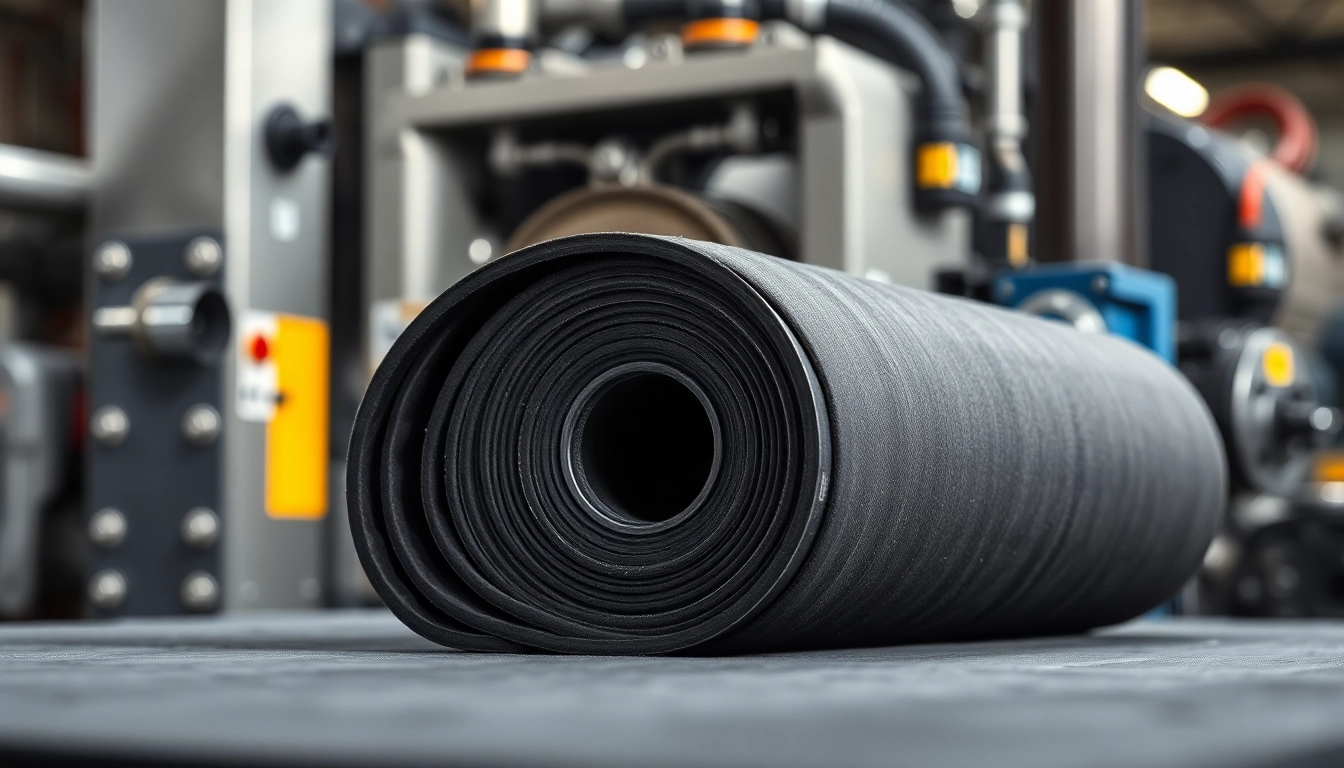
Introduction to Infusion Resins
In the world of composite materials, infusion resins play a critical role in enhancing product performance and durability. Whether for aerospace, automotive, or marine applications, resin infusion technology has revolutionized the way manufacturers create strong, lightweight structures. This article delves into the very essence of infusion resins, elucidating their scientific background, applications, benefits, and best practices for optimal use.
What are Infusion Resins?
Infusion resins are specialized polymer systems designed to be infused into a reinforcement material, typically in a vacuum setting. This technique allows for the efficient penetration of low-viscosity resin into dry fiber layers, encouraging a mat of fibers to soak up the resin entirely. The infusion method is often characterized by its use of a closed mold, creating a highly controlled environment that enhances the finish and integrity of the final product.
The Science Behind Infusion Resins
The chemistry of infusion resins often revolves around thermosetting polymers such as epoxies, polyesters, and vinyl esters. These materials undergo a curing process that solidifies the resin and binds the fibers, resulting in an exceptionally strong composite. The infusion process itself typically involves creating a vacuum that removes air from the mold, allowing the resin to be drawn in under pressure. This ensures that the fibers are thoroughly saturated without the presence of voids or air bubbles that could compromise structural integrity.
Common Applications of Infusion Resins
Infusion resins are versatile and find applications in various sectors, including:
- Aerospace: Used extensively for manufacturing aircraft components due to their high strength-to-weight ratio and resistance to thermal and mechanical stress.
- Marine: Ideal for producing lightweight and durable hulls that can withstand harsh marine environments.
- Automotive: Increasingly used in high-performance vehicles for enhancing fuel efficiency while maintaining safety and performance standards.
- Wind Energy: Employed in the production of turbine blades, where performance and longevity are critical.
Understanding the Benefits of Infusion Resins
Advantages of Using Infusion Resins
Utilizing infusion resins comes with a multitude of benefits, including:
- Superior Finish Quality: The closed-mold process significantly reduces surface imperfections, yielding high-quality finishes.
- Controlled Viscosity: Infusion resins are designed to have low viscosity, promoting better flow and impregnation during the infusion process.
- Higher Fiber Volume Fraction: They enable a greater amount of fiber to be integrated into the composite, contributing to overall strength and lightweight characteristics.
Cost-Effectiveness of Infusion Resins
Though infusion resins may exhibit a higher upfront cost compared to traditional resin systems, their overall efficiency and performance can lead to cost savings in the long run. Their ability to produce complex geometries with minimal material waste and labor intensiveness can significantly reduce production costs, particularly for large-scale manufacturing.
Comparison with Other Resin Types
When compared to hand lay-up techniques and other conventional methods, infusion resins provide a number of competitive advantages:
- Better Material Utilization: Infusion processes ensure that resin is only used where necessary, reducing waste.
- Increased Production Speed: Automation potential with infusion processes considerably speeds up production times.
- Enhanced Mechanical Properties: Infused composites generally outperform hand-laid counterparts, particularly in mechanical strength and durability.
Application Techniques for Infusion Resins
Step-by-Step Resin Infusion Process
- Preparation: Clean and prepare the mold, ensuring no contaminants that might affect adhesion.
- Layup: Place the dry reinforcement fabric in the mold, ensuring consistency and proper alignment.
- Vacuum Setup: Apply vacuum bagging to create a sealed environment to prevent the intrusion of air during infusion.
- Resin Injection: Inject the infusion resin through a feed line, allowing it to flow into the laminates vacuously.
- Curing: Once infused, allow adequate time and conditions for the resin to cure and solidify.
Best Practices for Handling Infusion Resins
To ensure successful results when working with infusion resins, consider the following best practices:
- Temperature Control: Maintain the resin and workspace at optimal temperatures for ideal flow characteristics.
- Accurate Measurement: Take care to accurately measure resin and hardener ratios to prevent improper curing.
- Regular Equipment Maintenance: Ensure all equipment is regularly checked and maintained to avoid malfunctions during the infusion process.
Challenges in the Infusion Process
While the infusion process offers many advantages, it is not without its challenges. These include:
- Infiltration Issues: If not managed correctly, resin can fail to infiltrate all areas of the fiber, leading to voids.
- Temperature Variability: Fluctuations in environmental temperatures can affect resin viscosity and curing times.
- Equipment Failure: A malfunctioning vacuum pump can hinder the infusion process, so it’s critical to utilize properly maintained equipment.
Choosing the Right Infusion Resins
Factors to Consider When Selecting Infusion Resins
When selecting the appropriate infusion resins for a specific application, consider factors such as:
- Viscosity: Low viscosity is vital for better flow and penetration, especially in complex geometries.
- Cure Time: Depending on the production timeline, choose resins that cure rapidly or allow slower curing for detailed applications.
- Environmental Resistance: Assess the end-use environment to determine necessary resistance to chemicals, UV light, and moisture.
Compatibility with Various Fibers and Composites
Infusion resins must be compatible with the fibers being used. Common fibers include carbon fiber, glass fiber, and aramid fiber. Each fiber type reacts differently with various resin systems, making it essential to ensure compatibility to maximize composite performance.
Future Trends in Infusion Resins
The advancement of infusion resins is on a trajectory towards enhanced performance, sustainability, and automation. Emerging trends include:
- Sustainable Materials: Research into bio-based resins and recycled materials that can reduce environmental impact.
- Smart Resin Systems: Development of sensors within resin systems to provide real-time data on curing and structural integrity.
- Increased Automation: The ongoing shift towards automated infusion processes promises to streamline production and enhance precision.
Case Studies Showcasing Infusion Resins
Infusion Resins in Aerospace Applications
In aerospace, infusion resins have dramatically enhanced the fabrication of critical components such as wings and fuselage sections. For instance, the adoption of infusion resins has facilitated the production of larger, lighter, and more fuel-efficient aircraft. Manufacturers benefit from reduced weight without compromising structural performance, leading to improved aerodynamics and operational cost reductions.
Innovative Use of Infusion Resins in Automotive Manufacturing
In automotive manufacturing, infusion resins are being used to create lightweight structures that improve fuel efficiency while adhering to safety standards. The use of infusion resins in body panels has allowed key manufacturers to reduce vehicle weight, resulting in enhanced performance metrics without sacrificing safety. This innovation not only promotes energy efficiency but also meets advancing regulatory standards for emissions.
Research and Development of New Infusion Resins
Ongoing research into infusion resins focuses on enhancing their mechanical properties and reducing environmental footprints. Recent developments have looked at integrating nanomaterials within infusion resins to significantly improve strength while keeping the weight minimal. This research is paving the way for advanced materials that could revolutionize various industries by providing competitive advantages.







